In a groundbreaking twist, the iconic Steamboat Willie is being transformed into a horror movie, following the entry of the early 1928 Mickey Mouse version into the public domain. Director Steven LaMorte, known for turning cherished tales into terror, such as with his recent Grinch-inspired slasher, has announced he will begin production this spring on a horror-comedy based on the character. The plot will revolve around Mickey Mouse terrifying ferry passengers rather than his traditional whimsical persona. The transition of classic characters like Mickey Mouse and Tigger into the public domain has sparked various projects, including a horror game. The film is a new illustration of how public domain laws, which protect copyrights for 95 years, can lead to innovative reinterpretations when characters become publicly available. Fans of the genre can also anticipate the release of Winnie the Pooh: Blood and Honey 2, a sequel evolving from the horror adaptation of another beloved childhood character.
What happens when a character like Mickey Mouse enters the public domain?When a character like Mickey Mouse enters the public domain, it means that the character is no longer protected by copyright and can be used by anyone freely, which often leads to new, sometimes unexpected adaptations or uses of the character beyond what the original copyright holders may have envisioned or allowed.
The character of Mickey Mouse first graced screens in the iconic animated short "Steamboat Willie" in 1928. Created by Walt Disney and Ub Iwerks, Mickey rapidly grew into a universal symbol of the Disney brand, with Steamboat Willie being particularly notable for being one of the first cartoons with synchronized sound and a fully post-produced soundtrack. This creative horror take on Mickey Mouse plays with the cultural heritage of one of the most cherished figures in animation, showing how public domain status gives creatives free rein to reimagine these revered icons in unexpected ways. The resultant horror interpretations highlight the evolution of character use and audience tastes across nearly a century.

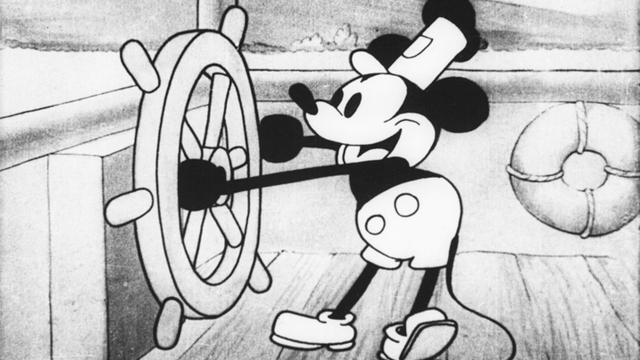
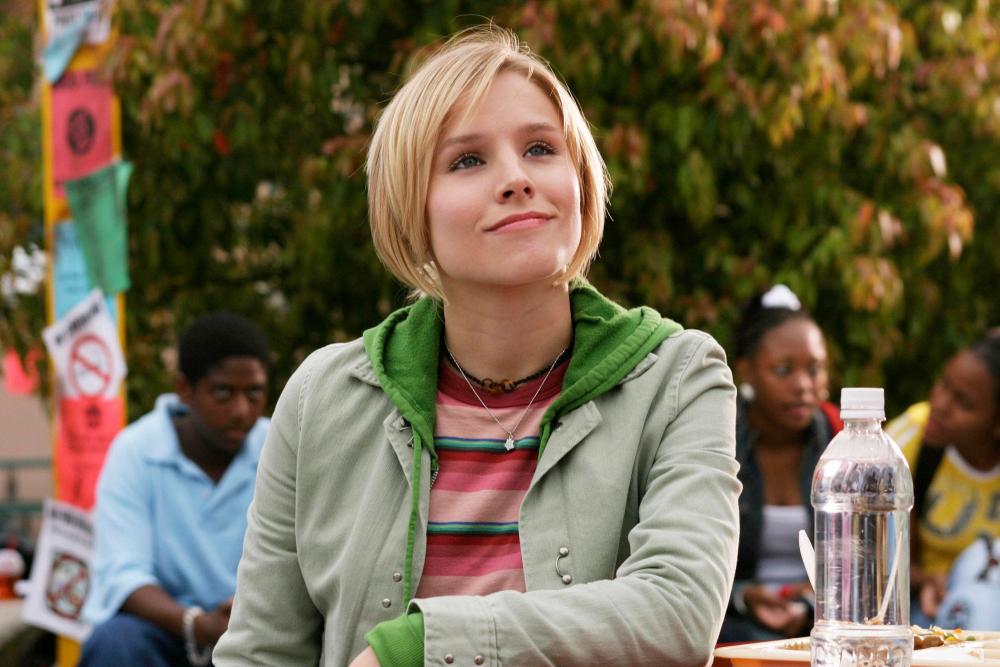
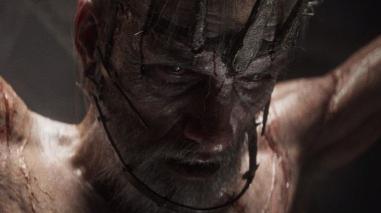


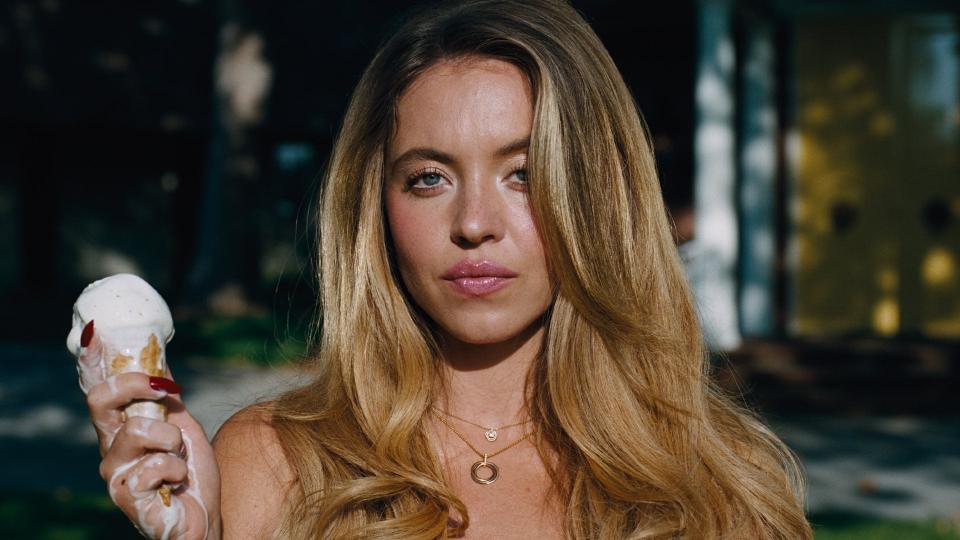
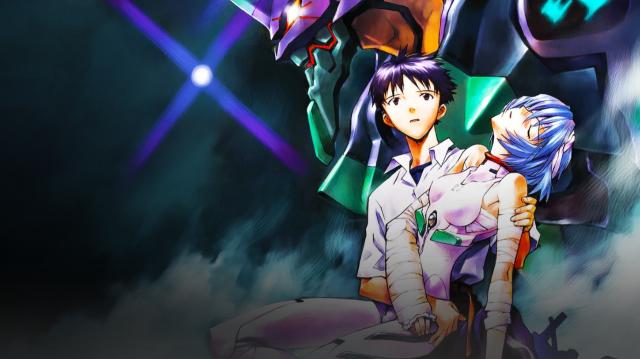
Comments
Mickey going dark is a wild spin on nostalgia, blending the familiarity of a childhood icon with the thrill of horror. It's a testament to how public domain can inject fresh life into classic characters, inviting a whole new dimension of creativity and audience engagement.
It's wild to see Steamboat Willie go from beloved animated icon to horror antagonist, but it really showcases the kind of creative freedom that kicks in once a character hits the public domain. Horror fans and nostalgia junkies alike are in for a treat as directors like LaMorte unleash their twisted takes on these vintage classics.
Talk about a wild ride from nostalgic to nightmarish It's fascinating to see characters that have been part of our childhoods for nearly a century like Mickey Mouse get such a genre-flipping makeover – really shows the limitless creativity unleashed when beloved icons hit the public domain. 🐭🎢